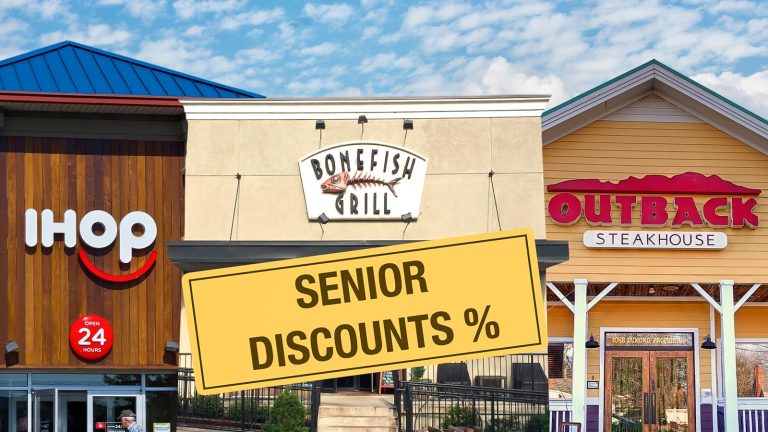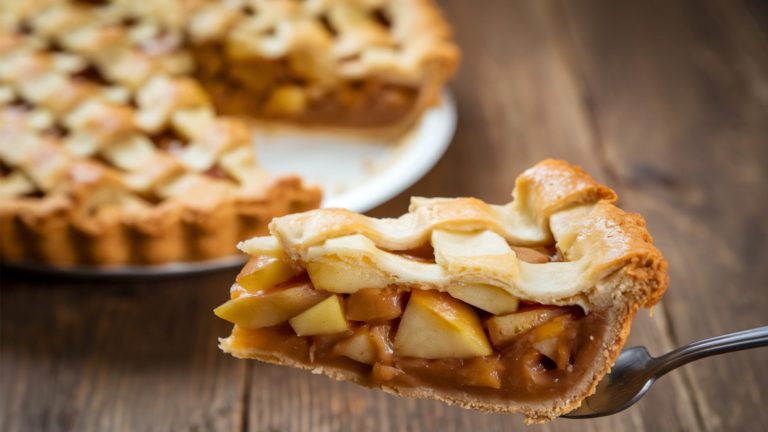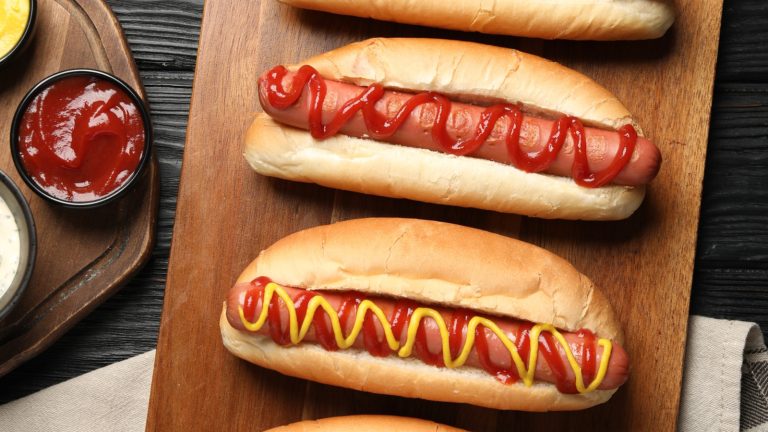The humble french fry is a crowd pleaser, a go-to side accompanying everything from burgers to sandwiches to fried chicken, and a staple of fast food in the United States. Many fast food restaurants around the U.S. offer at least one iteration of the french fry on their menu, and Burger King and KFC are no exception.
Burger King has gone head to head with McDonald’s, winning the burger battle, and beat the Golden Arches again, along with a number of other popular chains, in a value meal ranking. This is to be expected; the famous chain literally has “burger” in its name, and is known for less-expensive deals. But where else does Burger King excel, and what other fast food royalty can it dethrone?
KFC, or Kentucky Fried Chicken, is a worthy counterpart, offering prowess in the realm of all things fried chicken, as opposed to red meat. However, one place where both fast-food behemoths overlap is the french fry.
The standard french fry offering at each chain plays a similar role: a worthy accompaniment to classics. Paired with the famous Whopper at Burger King, or the 10-piece chicken bucket at KFC, french fries are the perfect side dish. So here comes the fun part — by comparing the standard french fry iteration from each restaurant along the lines of flavor, texture, shape, salt content, and compatibility, we can see if Burger King’s royal status extends to not just burgers, but french fries too.
Price and availability
Burger King and KFC both put up impressive numbers in terms of restaurant quantity in the states (and worldwide). Both were founded in the South, in Florida and Kentucky, respectively (although Colonel Sanders wasn’t actually from Kentucky). In fact, KFC is the fourth most numerous U.S.-based fast-food restaurant, while Burger King comes in at number 6.
In New York City, there aren’t a ton of Burger King’s or KFCs, but they are evenly dispersed around Brooklyn and Manhattan, so it was easy enough to find locations for both in the same general area. For this fry-off, I stuck with regular fries, even though I was enticed to try the chicken fries from Burger King. At both chains, the standard french fry side dish is readily available. Burger King offers its medium french fry size for $3.89, while KFC’s are ever-so-slightly cheaper, coming in at $3.79. At KFC, there is also a large option that is meant to serve multiple people, which Burger King’s large is simply advertised as … bigger than the medium.
The nearly identical price point created a very even playing field going into the tasting, as did the fact that both medium fries were ready in under two minutes. As I biked back home, I had two bagged french fry orders of nearly equal preparation, at least on paper; they were each hot, seemingly crispy, and fresh. I ultimately tried each fry multiple times — first by themselves, right when they were handed to me, then with a bit of ketchup at the testing site, and then finally one more time without ketchup, after they had cooled down.
Taste test: Burger King’s fries
Burger King’s product, off the bat, had a number of positive qualities. The fry was fresh and crispy, with a good salt content. They could have been fried for a few seconds longer, although the shape did hold up very well. Each individual fry had a uniform surface, with crisp edges, a nice rectangular profile, and pointy ends that were enjoyable to crunch on. It was easy to identify that the fries had been frozen before being cooked, because of the grainy texture (fresh fries are creamier on the inside and crisper on the outside). However, the frozen nature didn’t really impact the way Burger King’s fries tasted, as the necessary potato flavor still came through, and the shape allowed for adequate crunch. There’s something to be said about how that fast-food, frozen fry taste just hits the spot sometimes.
The medium size comes in at 328 calories, and portion-wise, they give you about what you would expect for under $4, so no complaints there. Since this flavor was mild, and since there was no seasoning other than salt on the fries, it was hard to eat a ton of them in a row without ketchup. Yet, although the ketchup improved the eating experience, the smaller fries were hard to dip. Overall though, the shape and texture of the fries, along with the mild, yet pleasing flavor made the Burger King fry an immediate favorite to win the french fry crown.
Taste test: KFC’s fries
The KFC fry, which I purchased in the “individual size”, had a marker of 245 calories, and was smaller than Burger King’s fries. Even before I ate, I was slightly put off by the appearance of the fries. They were much darker than Burger King’s, but not because they were crispy. I had a feeling they were a bit oil-soaked, which I confirmed upon the first taste. However, this also meant that they had a sufficient amount of crispness, at least towards the top of the pile.
KFC definitely over-salted their fries, but there was also a good amount of seasoning, which provided a great flavor profile. No surprise here, as the brand is known for an exemplary seasoning blend, even on lesser known items like chicken wings. However, there was just too much flavor altogether; a fry should be the complement to the meal, not the main attraction. The main difference from Burger King’s fry, besides the seasoning, was the coating. KFC coated their fries with a light batter, resulting in a jagged surface, little crispy flecks, and extra crunch overall.
I’m not a huge fan of any battered fry, but these would fit the bill for someone who did. It did seem like the fries were slightly freezer burnt though, due to a stale interior texture that developed as they sat out for longer. This also could have been because they were left out for longer at the restaurant. Whatever the case, the tasty, flavorful seasoning and the long shape elevated the fries to an acceptable level. They didn’t really need the ketchup, so when I dipped them, it only muted the flavor of the seasoning.
Which chain has the best fries?
I went back and forth multiple times between my ever-dwindling fry containers. I knew it was going to be a hard decision. Both fries were more than serviceable, and would have been great additions alongside any menu items. Before deciding on my winner, I did one final taste test: I tried each fry along with a bite of turkey sandwich, to make sure that they would accompany something well.
It was with this final step that I concluded Burger King’s fry was clearly better, because of its shape, smooth flavor profile, crisp edges, and near-perfect cook. Burger King makes fries that you want to keep eating; even though they don’t have a ton of flavor, they just go down easy and have a great mouth feel.
KFC’s fries could be said to have more funkiness, maybe a little more personality, but there were too many flaws to crown them as a winner. The texture was off, and even though I love the seasoning, it wasn’t evenly distributed. What’s more is that size really varied (some small fries and some that were just too long), which altered the eating experience. Burger King gave me fries that would’ve been a worthy sidekick to a Whopper, which in the end, is all that any french fry needs to accomplish to be considered exemplary.





